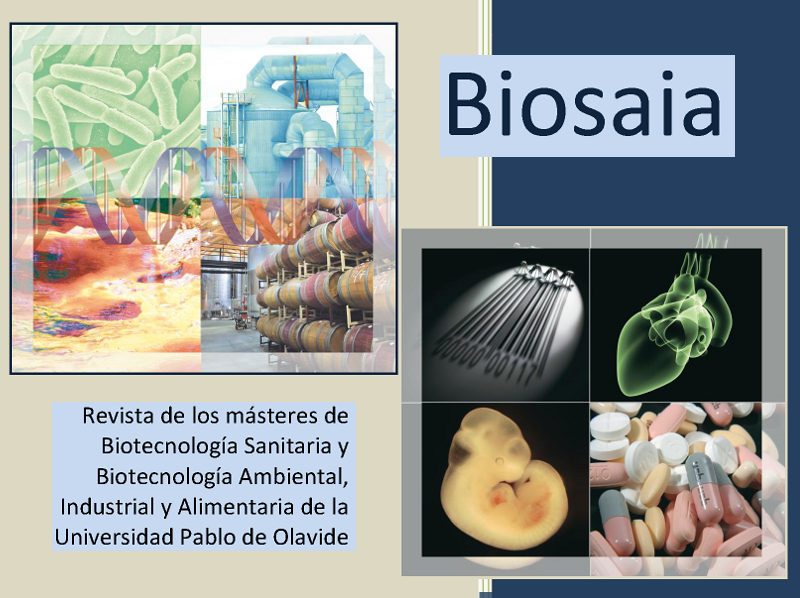Improved analytical method for determination of cholesterol in fish by gas chromatography with flame ionization detection(GC-FID)
Resumen
Cholesterol (C27H46O) is a biochemical compound of great importance for human health because it is associated with cardiovascular diseases. It is essential for the execution of several functions in the human body, as it acts as a precursor for the synthesis of steroid hormones or bile acids. It also participates in the synthesis of vitamin D and it is a component that provides fluidity to cell membranes (Narwal et al., 2019). Two types of cholesterol are known: low-density lipoproteins (LDL), whose accumulation in the arteries causes a blockage of blood flow and high-density lipoproteins (HDL), responsible for transporting cholesterol to the liver where it is finally eliminated (Kjeldsen et al., 2021). Generally, in fish low levels of cholesterol can be found compared to other food groups, such as meat, which presents higher values, although its concentration varies depending on the food processing. Therefore, the aim of this work is to determine and compare the cholesterol content in different types of fish that have been treated by different processes using an improved analytical method by gas chromatography with flame ionization detector (GC-FID). Cholesterol concentrations in white fish, blue fish and some crustacean and mollusk samples were determined following several steps. First, saponification was used to separate cholesterol from other compounds using solvents such as ethanol and a solution of potassium hydroxide 50% (w/w). Secondly, cholesterol extraction was performed using toluene and potassium hydroxide (1M). After several washes and using a rotary evaporator, the solvents were removed. Finally, in the separation by gas chromatography with derivatization a silenization reagent (HDMDS:TMCS:pyridine 2:1:10) was used. The average determination of cholesterol in white fish (52,7 ± 19,9 mg/100 g, n= 25) is lower than in oily fish (64,3± 33,6 mg/100 g, n= 34). In addition, when the food has been processed in the oven, pickled or battered, it increases up to 20%. These data seem to indicate that cholesterol levels do indeed vary according to the type of food and how it is processed.
Descargas
Citas
Kjeldsen, E. W., Nordestgaard, L. T., & Frikke-Schmidt, R. (2021). HDL Cholesterol and Non-Cardiovascular Disease: A Narrative Review. International Journal of Molecular Sciences, 22(9). https://doi.org/10.3390/IJMS22094547
Narwal, V., Deswal, R., Batra, B., Kalra, V., Hooda, R., Sharma, M., & Rana, J. S. (2019). Cholesterol biosensors: A review. Steroids, 143, 6–17. https://doi.org/10.1016/J.STEROIDS.2018.12.003
Descargas
Publicado
Cómo citar
Número
Sección
Licencia
Derechos de autor 2022 Biosaia: Revista de los másteres de Biotecnología Sanitaria y Biotecnología Ambiental, Industrial y Alimentaria

Esta obra está bajo una licencia internacional Creative Commons Atribución-NoComercial-CompartirIgual 4.0.





